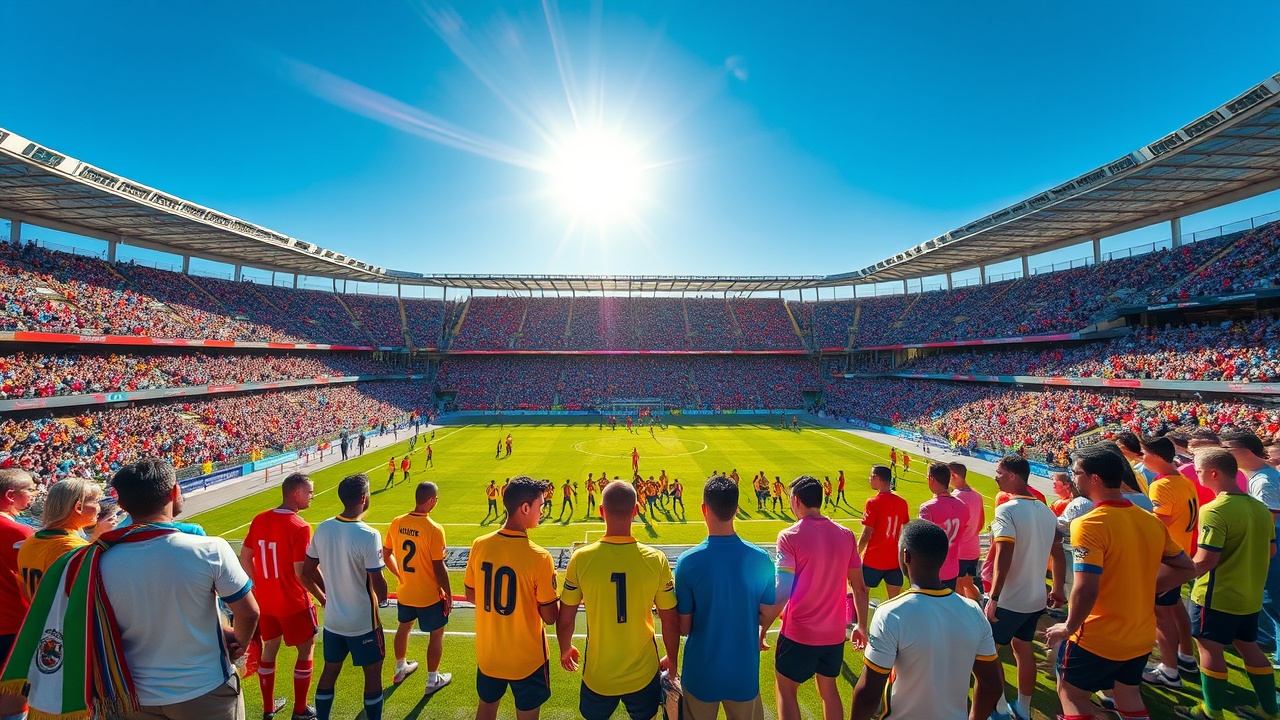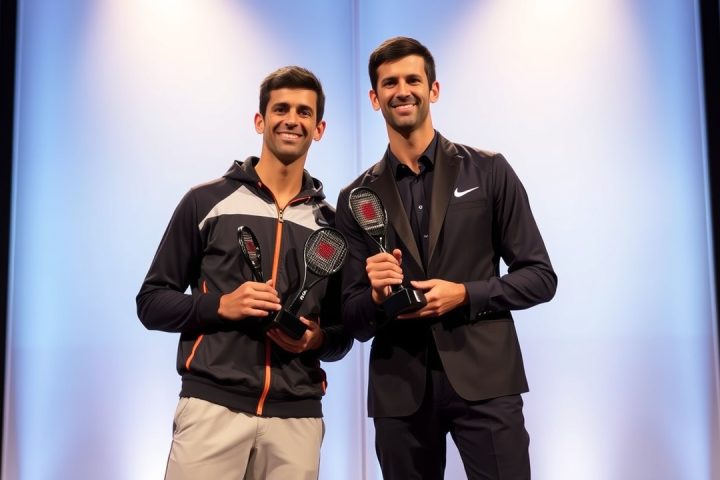FIFA Club World Cup 2023: Overview
This summer, the FIFA Club World Cup is set to take center stage in the United States, featuring an unprecedented 32 teams competing across 11 cities. Kicking off on June 15, the tournament promises to be a spectacle filled with excitement and intrigue, with numerous storylines to follow, including a staggering $1 billion prize pool and the anticipated performances of renowned players like Lionel Messi.
Participating Teams
The Club World Cup will consist of clubs from all six of FIFA’s confederations: Europe’s UEFA contributing 12 teams, South America’s CONMEBOL with six, North America’s Concacaf sending five, Asia’s AFC and Africa’s CAF each contributing four, and one representative from the Oceania Football Confederation (OFC). Notably, Brazil leads the list with four participating clubs—Botafogo, Flamengo, Fluminense, and Palmeiras—while the United States has three, namely Inter Miami, Los Angeles FC, and Seattle Sounders.
Tournament Format
Teams have been split into eight groups of four, where they will compete in a round-robin format. The top two teams from each group will advance to the knockout stage, culminating in a final that promises to be a thrilling encounter.
This year’s format allows for only two clubs per country to enter, unless a third team has achieved significant continental success — a stipulation that benefited Brazilian clubs and the host team, Inter Miami. As a result, traditional European heavyweights, such as Barcelona and Liverpool, have been left behind, despite their higher ranks compared to some qualifiers. Yet, the tournament will feature elite clubs like Real Madrid, Manchester City, Bayern Munich, and River Plate.
Notable Matchups and Storylines
“Auckland City, representing Oceania, has dominated its regional Champions League but now faces a stark challenge against some of football’s biggest stars.”
One intriguing side story is Auckland City, representing Oceania, which has dominated its regional Champions League but now faces a stark challenge against some of football’s biggest stars. Additionally, Botafogo’s recent success in the Copa Libertadores adds an interesting element to watch during the competition.
In Group H, a fierce competition is expected among Al Hilal from Saudi Arabia, Pachuca from Mexico, and Austria’s Red Bull Salzburg, with Real Madrid anticipated to top the group easily. Paris Saint-Germain (PSG) will also be a force to reckon with, looking to extend their trophy haul after an impressive showing in previous competitions.
Star Players and Future Prospects
Lionel Messi’s participation adds further excitement, as his Inter Miami secured entry through winning the Supporters’ Shield, despite not being MLS champions last season. This inclusion raises eyebrows, especially given the circumstances that led to their qualification, ultimately allowing him to share the field with former Barcelona teammates like Luis Suarez and Sergio Busquets.
Meanwhile, Cristiano Ronaldo’s future with Al Nassr remains uncertain, as speculations about his potential involvement in the tournament have surfaced, despite the player confirming he will not take part. Neymar, another superstar, also has an uncertain fate with his contract expiring at Santos.
Significance of the Event
The tournament is particularly significant as all 63 matches will take place in the U.S., ahead of the co-hosted 2026 World Cup with Canada and Mexico. Fans will experience games in iconic stadiums across 11 cities, with Miami hosting the opening match.
Added to this, a special transfer window between June 1 and June 10 will allow clubs to make last-minute player acquisitions, while a mid-tournament window between June 27 to July 3 will provide teams the chance to adjust their rosters as players may be leaving for free after their contracts expire.
Financial Stakes and Conclusion
With ticket prices adjusted to entice attendance, the excitement is palpable. In particular, the financial stakes are monumental, with a bulk of the $1 billion prize fund allocated to European clubs, signaling a lucrative opportunity for the teams involved. The final itself is projected to be the richest match in football history, dwarfing the UEFA Champions League final‘s prize.
In summary, as the world gears up for this novel tournament format, the Club World Cup is not just a competition but a landmark experience for football fans globally. Everyone will be keenly watching how this summer unfolds, as team rivalries heat up in a battle for football supremacy.




